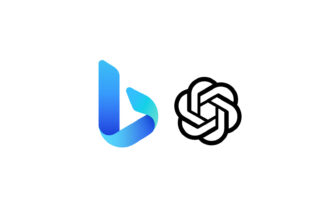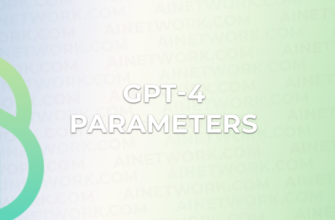Typing errors are a common occurrence in our daily lives, especially in the age of digital communication where we rely heavily on keyboards and touchscreens to convey our thoughts and ideas. While most typing errors are harmless or amusing, some can have more serious consequences, especially in professional or academic settings. In the field of natural language processing (NLP), a specific typing error has become a source of confusion and humor among researchers and enthusiasts alike: ChatGPS instead of ChatGPT. ChatGPT is a large language model developed by OpenAI that allows users to interact with the model through a chat interface, while ChatGPS is a misspelled version of the term that has gained some traction due to its similarity to the original term. In this article, we will explore the origins, implications, and lessons of ChatGPS, and how it reflects some deeper issues related to language, communication, and technology.
Common Typing Errors and Their Consequences: ChatGPS vs ChatGPT
Typing errors can happen to anyone, especially when we are in a hurry or not paying enough attention to the keyboard. However, some errors can have more serious consequences than others, depending on the context and the audience. In this article, we will explore one particular typing error that has become a frequent source of confusion and amusement in the field of natural language processing (NLP): ChatGPS instead of ChatGPT.
What is ChatGPT and why is it important?
ChatGPT is a large language model developed by OpenAI, one of the leading companies in the field of AI research. It stands for “chat with GPT”, where GPT stands for “Generative Pretrained Transformer”, a type of neural network architecture that has achieved remarkable results in various NLP tasks, such as language modeling, text completion, and question answering. ChatGPT allows users to interact with the model through a chat interface, where they can ask questions, make statements, or engage in a conversation on various topics. ChatGPT has attracted a lot of attention and interest from both researchers and non-experts, as it showcases the capabilities and limitations of AI language models and their potential applications.
What is ChatGPS and how does it differ from ChatGPT?
ChatGPS is not a real thing, at least not in the sense that it refers to a specific product or service. Rather, it is a common typing error that occurs when people mistake the letter T for the letter S, due to their proximity on the standard QWERTY keyboard. The result is a misspelled version of ChatGPT, which can lead to confusion, misunderstanding, or even ridicule, depending on the context and the audience. For example, if someone asks a question about ChatGPT on a forum or social media platform, and another user replies with “Try ChatGPS instead”, the first user may not realize that it’s a typo and waste their time looking for a non-existent alternative. Alternatively, if someone introduces themselves as a “ChatGPS expert” or “ChatGPS bot”, they may be perceived as either ignorant or joking, depending on the audience’s familiarity with the original term.
Why does ChatGPS matter?
While ChatGPS may seem like a trivial or harmless error, it actually reflects some deeper issues related to communication, language, and technology. Firstly, it shows how easily a simple typing mistake can derail a conversation or a search for information, especially in a digital environment where speed and efficiency are often prioritized over accuracy and clarity. Secondly, it highlights the importance of spelling and grammar in conveying meaning and establishing credibility, even in informal contexts where mistakes are more tolerable. Thirdly, it raises awareness of the fragility and variability of human language, and how difficult it can be for machines to understand and produce natural language, even with the help of advanced algorithms and massive data sets.
How can we avoid or correct ChatGPS?
The best way to avoid or correct ChatGPS is to be aware of its existence and the difference between ChatGPT and ChatGPS. If you encounter the latter term in a conversation or a search result, double-check if it’s really what you meant or what you’re looking for. If you notice someone else using ChatGPS instead of ChatGPT, politely point out the mistake and offer the correct spelling, especially if it’s a formal or professional setting. If you want to prevent ChatGPS from happening to you, consider using tools such as spell-checkers, autocorrect, or typing tutors that can help you improve your accuracy and speed on the keyboard. Finally, if you find ChatGPS amusing or entertaining, feel free to share it with others who might appreciate it, but also remember to respect the original term and its significance.
Q&A
–
In conclusion, ChatGPS is a common typing error that can have various consequences depending on the context and the audience. While it may seem like a minor mistake, it reflects some deeper issues related to communication, language, and technology. By being aware of its existence and the difference between ChatGPT and ChatGPS, we can avoid or correct the error and improve our communication skills. However, we should also appreciate the humor and creativity that can arise from such errors and not take ourselves too seriously. After all, even the most advanced AI language models are not immune to mistakes and misunderstandings, and that’s what makes language and communication so fascinating and challenging.









